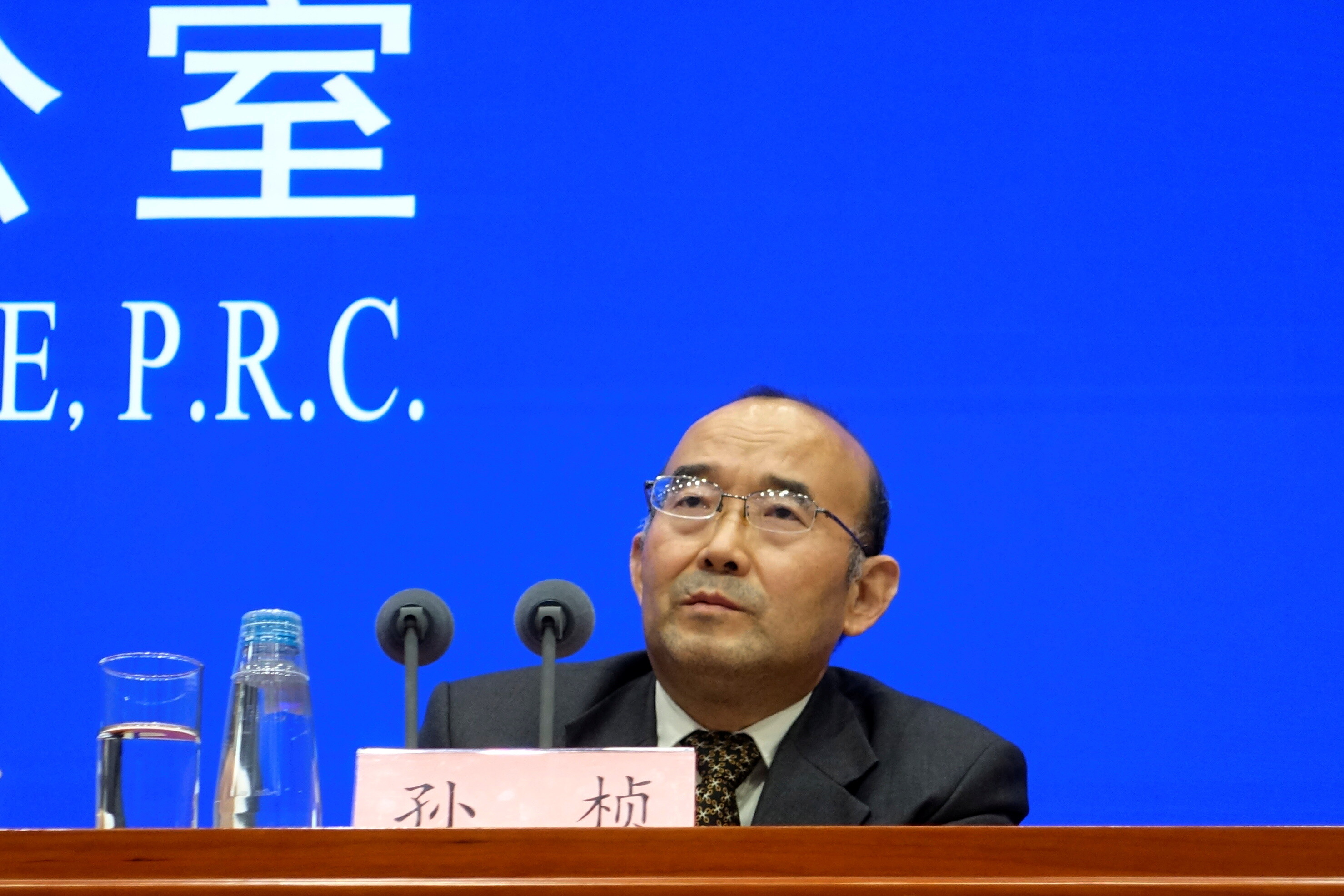How are energy subsidies calculated?

While pre-tax energy subsidies have fallen, the efficiency costs of failing to charge for environmental and other damage.
In their blog, Ben Clements and Vitor Gaspar make the points that global energy subsidies are still very substantial, that there is a strong need for reform in many countries, and that now is a great time to do it. This blog sets out what we mean by “energy subsidies,” provides details on their estimation, and explains how they continue to be high despite the recent drop in international energy prices (Chart 1).
Our latest update of global energy subsidies shows that “pre-tax” subsidies—which occur when people and businesses pay less than it costs to supply the energy—are smaller than a few years back. But “post-tax” subsidies—which add to pre-taxsubsidies an amount that reflects the environmental, health and other damage that energy use causes and the benefit from favorable VAT or sales tax treatment—remain extremely high, and indeed are now well above our previous estimates.
While pre-tax subsidies have fallen, the efficiency costs of failing to charge for environmental and other damage and secure a contribution to revenues are even larger than we previously thought. So the urgent need for energy price reform—in a wide range of both advanced and developing countries—remains. Low international oil prices have not made the problem go away. But they provide a great opportunity to move towards more efficient pricing of energy.
Pre- vs. post-tax subsidies
In an earlier study, the IMF estimated that global pre-tax subsidies amounted to US$492 billion (0.7 percent of Global GDP) in 2011, with nearly half of this attributable to a few oil-exporting developing economies. That study also introduced the broader concept of post-tax subsidies simply recognizes that:
- environmental damage—including global warming, local pollution, traffic congestion and accidents—from energy consumption is just as real as are traditional supply costs (even if harder to measure) and the prices that consumers pay should reflect these negative “externalities.” There are in principle other instruments that are better suited for addressing some of these externalities, for example, congestion charges for road congestion. But taxes on energy use remain the most practical, effective and efficient instruments until these alternatives become more widely practicable (Parry and others, 2014); and
- the need for revenue applies just as much to energy products as to any other good. This means that energy should be subject to the standard rate of VAT or other general consumption tax.
So, think of the failure to price accordingly as a form of subsidy. Indeed such estimates have now come to be widely used, including in a recent paper by the European Commission.
Estimating post-tax subsidies involves measuring and valuing environmental damages that are often uncertain and very country-specific, as well as needing to place some monetary value on human life.
In 2013, when we first made our estimates of post-tax subsidies, we estimated post-tax subsidies for 2011 at a striking worldwide total of around US$2.0 trillion (2.9 percent of global GDP). Importantly, they were estimated to be widespread across both advanced and developing economies, underscoring the need for energy price reform worldwide.
At that time, however, very little was known about the magnitude of environmental damages from fossil fuel consumption on a country-by-country basis. That study simply extrapolated from just three available studies (for the United States, the United Kingdom and Chile). Now, we incorporate the more refined estimates of environmental damages for fossil fuel products from a recent IMF book. We also update price, consumption and income data.
Old vs. new estimates
In our update, pre-tax subsidies are estimated at US$541 billion (0.7 percent of global GDP) in 2013 (the most recent year for which data are available), and projected to decline to around US$333 billion (0.4 percent of global GDP) in 2015, due to falling international energy prices and less than full pass-through of reduced international prices into domestic consumer prices.
Global post-tax energy subsidies are now estimated at a whopping US$4.9 trillion (6.5 percent of global GDP) in 2013, and projected to remain high in 2015, at US$5.3 trillion (6.5 percent of global GDP)—despite the recent drop in international energy prices (Chart 2).

This significant increase of the post-tax subsidies from those we previously estimated for 2011 can be explained as follows:
- About 40 percent comes from inflation, real income growth, and updating prices and consumption of energy products;
- About 30 percent is from estimating environmental damages by using country-specific data on air pollution emission rates (for power plants and vehicles), the number of people exposed to air pollution, and traffic congestion and accidents, and so on;
- About 15 percent is from including damages for which estimates were not previously available (nitrogen oxides and direct fine particulate emissions from power plants); and
- About 15 percent is from incorporating new evidence from the World Health Organization (WHO) on how pollution exposure increases risks of various diseases.
Fiscal gains from energy price reform
Importantly, the revenue gain from energy price reform will be substantially smaller than these estimated subsidies, because firms and households would cut their energy consumption and adopt emissions control technologies if energy prices were to be raised. Allowing for such responses as best we can, we put the revenue gain from eliminating post-tax subsidies in 2013 at US$3.0 trillion (4.0 percent of global GDP) and project it to be nearly US$2.9 trillion (3.6 percent of global GDP) in 2015. This is a very substantial fiscal dividend that could be used for growth-enhancing tax cuts on labor and capital or badly needed investments in basic education and health.
At the same time, energy price reforms substantially reduce the need to subsidize renewable energies and are the most effective policies for promoting opportunities to mitigate environmental impacts across the economy.
This article is published in collaboration with IMF Direct. Publication does not imply endorsement of views by the World Economic Forum.
To keep up with the Agenda subscribe to our weekly newsletter.
Author: Sanjeev Gupta is Acting Director in the Fiscal Affairs Department of the International Monetary Fund (IMF). Michael Keen is Deputy Director of the Fiscal Affairs Department of the International Monetary Fund, where he was previously head of the Tax Policy and Tax Coordination divisions.
Image: An attendant prepares to refuel a car at a petrol station in Rome January 4, 2012. REUTERS/Max Rossi.
Don't miss any update on this topic
Create a free account and access your personalized content collection with our latest publications and analyses.
License and Republishing
World Economic Forum articles may be republished in accordance with the Creative Commons Attribution-NonCommercial-NoDerivatives 4.0 International Public License, and in accordance with our Terms of Use.
The views expressed in this article are those of the author alone and not the World Economic Forum.
Stay up to date:
Economic Growth
Related topics:
Forum Stories newsletter
Bringing you weekly curated insights and analysis on the global issues that matter.
More on Energy TransitionSee all
Roberto Bocca
November 17, 2025







